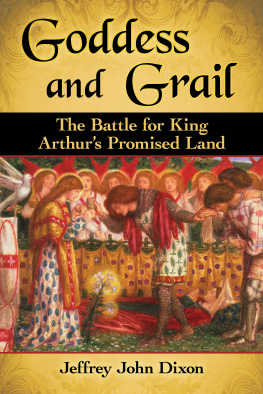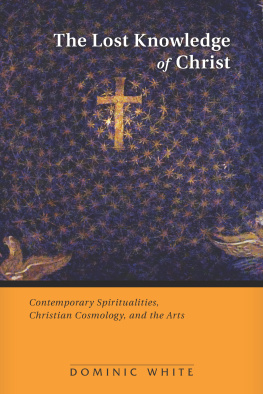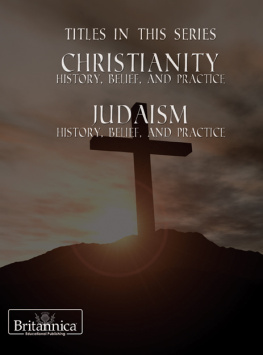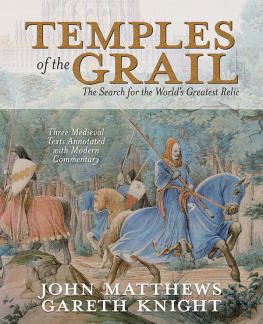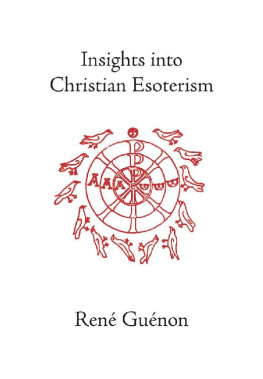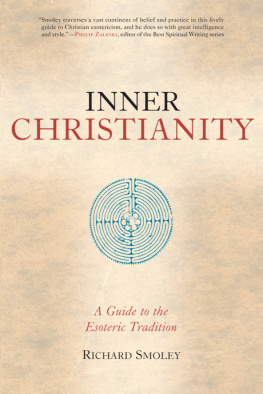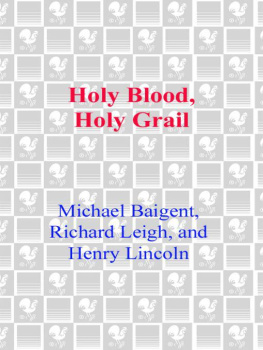

Learn more about Robert Ellwood and his work at www.robertellwoodbooks.info
Find more books like this at www.questbooks.net
Copyright 1997 by Robert Ellwood
First Quest Edition 1997
Quest Books
Theosophical Publishing House
PO Box 270
Wheaton, IL 60187-0270
Without limiting the rights under copyright reserved above, no part of this publication may be reproduced, stored in or introduced into a retrieval system, or transmitted, in any form, or by any means (electronic, mechanical, photocopying, recording, or otherwise), without the prior written permission of the publisher of this book.
The scanning, uploading, and distribution of this book via the Internet or via any other means without the permission of the publisher is illegal and punishable by law. Please purchase only authorized electronic editions, and do not participate in or encourage electronic piracy of copyrighted materials.
While the author has made every effort to provide accurate telephone numbers and Internet addresses at the time of publication, neither the publisher nor the author assumes any responsibility for errors or for changes that occur after publication. Further, the publisher does not have any control over and does not assume any responsibility for author or third-party websites or their content.
Library of Congress Cataloging-in-Publication Data
Ellwood, Robert S.
The cross and the grail: esoteric Christianity for the 21st
century / Robert Ellwood - 1st Quest ed.
p. cm.
Includes bibliographical references.
ISBN 978-0-8356-0760-5
1. Christianity-Miscellanea. 2. Theosophy. 3. Grail.
I. Title
BR126.E52 1997
289.9-dc21 97-18843
CIP
ISBN for electronic edition, e-pub format: 978-0-8356-2132-8
6 5 4 3 2 1 * 97 98 99 00 01 02
CONTENTS
CHAPTER 1
WHAT WE ARE SEARCHING FOR
CHAPTER 2
THE HOLY TRINITY:
CHRISTIAN MEANING IN THE THREE OUTPOURINGS OF CREATION
CHAPTER 3
JESUS AND THE NEVER-ENDING STORY:
FROM EDEN TO ETERNITY
CHAPTER 4
IF I BE LIFTED UP:
ALTARS OF THE HEART
CHAPTER 5
TWO OR THREE GATHERED TOGETHER:
THE NATURE OF CHRISTIAN COMMUNITY
CHAPTER 6
A LITTLE CHILD: CHRISTIAN ETHICS
CHAPTER 7
A GREAT WHILE BEFORE DAWN:
PRAYER, MEDITATION,
AND SPIRITUAL LIFE
CHAPTER 8
TRAVELING INTO A FAR COUNTRY:
LIFE, DEATH, AND THE
OTHER SIDE OF DEATH
APPENDIX I
THE INNER PLANES
APPENDIX II
CLASSICS OF CHRISTIAN SPIRITUALITY
PREFACE
A s the second millennium after Christ draws to an end, a new interest in esoteric interpretations of Christianity is arising. The inward paths associated with that ancient faith have acquired new travelers. Christians of many backgrounds visit monasteries of the venerable Eastern Orthodox church, known for its mystical approaches to the faith. In the West, books on the Holy Grail, long recognized as having profound esoteric associations with the church, continue to stream from presses. A yearning for something that is not unchristian, yet is wider and deeper than conventional presentations of the faith, seems to be in the air.
By esotericism is meant timeless wisdom embedded, for those with the vision to see it, in the forms of a faith which outwardly appears conditioned by history and circumstance. The fundamental esoteric premise is that all spirituality ultimately is walking the Path on which every human, knowingly or not, is a pilgrim. That is the Path back to our final and eternal home from which, before the very beginning of time, we set out as adventurers seeking to experience all planes of being but sometimes forgetting our heritage. The Path home winds its way through countless worlds, eons, and life-forms. The outward forms taken by the spirituality the Path calls for in particular times and places may thus be less than absolute, though these forms may be the path within the Path to which we are absolutely called in a specific time and place.
This book is dedicated to those for whom the present windings of their path have intersected with Christianity, as they have for me. The Cross and the Grail and what these two symbols represent is intended for those who feel drawn to a spiritual life in which symbols and language associated with esoteric, Theosophical, and allegorical interpretations of the Old and New Testaments, and of the Mysteries of the Christian faith, are emphasized. This approach also employs motifs from the world of medieval romance, especially the quest for the Holy Grail, finding in them themes that, interpreted mystically, can be of great power in motivating and guiding those on our spiritual path. The nineteenth-century clergyman Stopford Brooke proposed that Christianity is the most romantic of all religions; this book is designed to appeal to those for whom this is a strong and dynamic consideration.
Esoteric Christianity is based on the premise that our lives in this world are meant to be spent in pilgrimage on the Path leading us back toward God and the Halls of Light which are our eternal heartland. Like the Prodigal Son in the parable, we have left our true home to seek a far country, but as we tire of eating its husks we are led to arise and go to our Father, who is prepared to greet us with festival and song. On the course of the journey home we encounter many barriers, trials, and wonders with which we must deal with all the faith and wisdom we can gather.
On our great pilgrimage those in harmony with this way of journeying will be aided by the spirit of romance, which above all holds that sublime images and imagination (literally, the making of images), conjoined with exalted feelings, are powerful guides to precede us on our Path, even as the cloud and the pillar of flame went before the Israelites in the wilderness. Of the images of romance, those from the distant past and those with the mysterious but compelling overtones of myth and archetype have the greatest power. For some people today, images from the medieval world of wondrous story, idealized though their picture of what that world may be, have a particular potency. This path will probably appeal not only to those who have been stirred by Scripture and the romance of the Grail, but also to those whose vision of Christianity has been affected by contemporary tales in the mode of medieval romance, such as Hermann Hesse's The Journey to the East, C.S. Lewis Narnian stories, J.R.R. Tolkien's The Lord of the Rings, and the Star Wars trilogy of movies.
A few notes regarding the symbols of Cross and Grail will help on the journey through this book. Keeping the Cross before our eyes as we travel reminds us that, following the example of Jesus, we journey not through this world only, but through the valley of the shadow of death, into the land of the spirits in prison and past the place of the skull (Golgotha). We must die with Christ and rise with him. The Cross tells us that the Christian path is a way of death and transfiguration and that before its end, we ourselves must be crucified and rise from the tomb, in whatever form those awesome initiations take in our own lives. The Cross also reminds us that on this journey we are definitely within the Christian tradition, for the Cross is Christianity's preeminent symbol. Jesus the Christ, Son of God and Savior of the World, is the supreme example and guide of those on this way; he is the great shepherd of the sheep and bishop of our souls. We honor and respect all other religious paths which make lip the great Path, for we know that they also have been established by teachers of the timeless wisdom in forms suitable to their times and places, and they are also of universal validity. But we ourselves are most drawn to the way of Christ: his Cross, his mysteries, and his glory.



